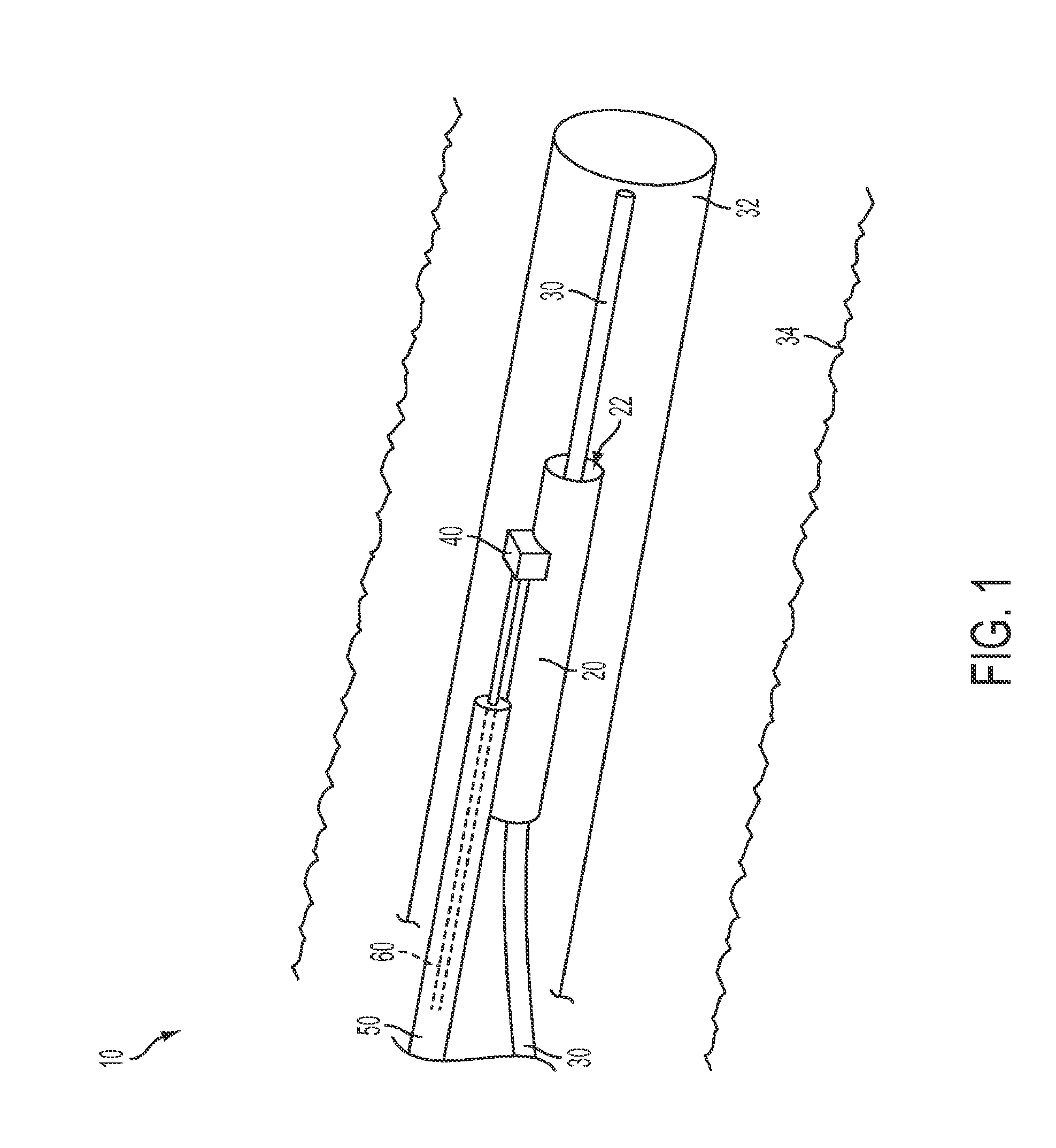Physiological sensor delivery device and method
a sensor and sensor technology, applied in the field of medical device technology, can solve the problems of inaccurate pressure drop reading, error introduction, and inability to seal well around the catheter, and achieve the effect of facilitating sensor positioning
- Summary
- Abstract
- Description
- Claims
- Application Information
AI Technical Summary
Benefits of technology
Problems solved by technology
Method used
Image
Examples
Embodiment Construction
[0035]The following detailed description should be read with reference to the accompanying drawings, in which like numerals denote like elements. The drawings, which are not necessarily to scale, depict selected embodiments of the invention—other possible embodiments may become readily apparent to those of ordinary skill in the art with the benefit of these teachings. Thus, the embodiments shown in the accompanying drawings and described below are provided for illustrative purposes, and are not intended to limit the scope of the invention as defined in the claims appended hereto.
[0036]An example of a sensor delivery device according to certain embodiments of the invention is shown in FIG. 1. The sensor delivery device 10 of FIG. 1 includes a distal sleeve 20 having a guidewire lumen 22 for slidably receiving a medical guidewire 30. A sensor 40 is coupled to the distal sleeve 20, sensor 40 being capable of sensing and / or measuring a physiological parameter of a patient and generating...
PUM
 Login to View More
Login to View More Abstract
Description
Claims
Application Information
 Login to View More
Login to View More - R&D
- Intellectual Property
- Life Sciences
- Materials
- Tech Scout
- Unparalleled Data Quality
- Higher Quality Content
- 60% Fewer Hallucinations
Browse by: Latest US Patents, China's latest patents, Technical Efficacy Thesaurus, Application Domain, Technology Topic, Popular Technical Reports.
© 2025 PatSnap. All rights reserved.Legal|Privacy policy|Modern Slavery Act Transparency Statement|Sitemap|About US| Contact US: help@patsnap.com



